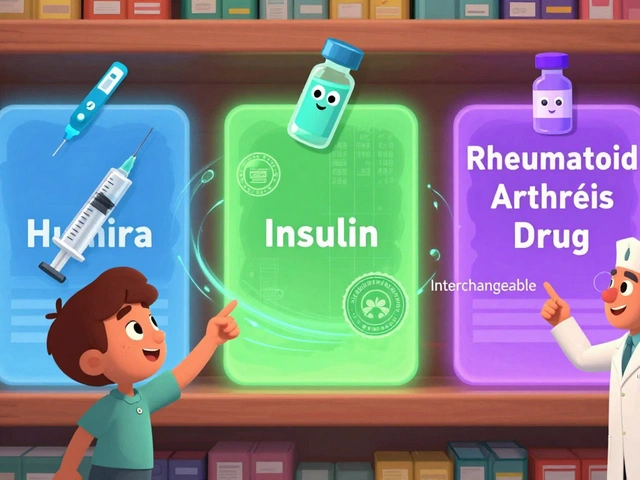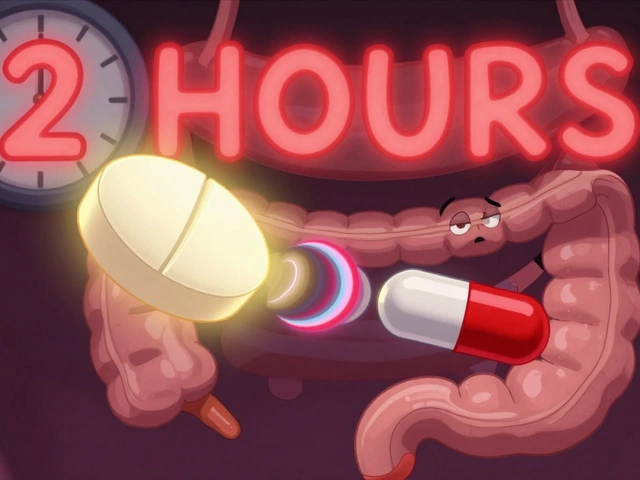Mupirocin: What It Is, How It Works, and What You Need to Know
When you have a stubborn skin infection—like a red, oozing sore or a crusty patch near your nose—you might hear your doctor mention mupirocin, a topical antibiotic used to treat bacterial skin infections and eliminate MRSA carriage in the nose. Also known as Bactroban, it’s not your average antibiotic—it targets bacteria right where they live on the skin or inside the nostrils, without wrecking your gut flora like oral pills often do.
Mupirocin works by blocking a key enzyme bacteria need to make proteins. Without that, they can’t grow or spread. That’s why it’s so effective against MRSA, a dangerous type of staph bacteria resistant to common antibiotics like penicillin and methicillin. Doctors often prescribe mupirocin ointment to clear MRSA from the nose before surgery or to treat small, localized infections like impetigo. It’s not meant for large wounds or deep infections—just surface-level trouble spots. And because it’s applied directly, side effects are rare. A little stinging or itching at the site is normal. Serious reactions? Almost unheard of.
But here’s the catch: mupirocin isn’t a cure-all. If you use it too often or for the wrong kind of infection, bacteria can learn to resist it. That’s why it’s usually given for short courses—five to ten days max. It’s also not the same as over-the-counter antibacterial creams. You won’t find it on the shelf. It’s a prescription-only tool, used carefully because it’s powerful. Some people use it to prevent infections after cuts or piercings, but that’s off-label and should only happen under medical guidance.
Related to mupirocin are other topical treatments like fusidic acid, an alternative antibiotic used in Europe for skin infections when mupirocin isn’t available or effective, and even non-antibiotic options like antiseptic washes or honey-based dressings for minor wounds. But when you need something that kills MRSA fast and precisely, mupirocin still leads the pack.
What you’ll find in the posts below isn’t just a list of articles—it’s a practical toolkit. You’ll see how mupirocin fits into real-world care: how it’s used for nasal decolonization, how it compares to other treatments, and what to do if your infection doesn’t clear up. You’ll also find advice on avoiding resistance, recognizing when you need more than just cream, and how to use it safely with kids or sensitive skin. No fluff. Just what works.






